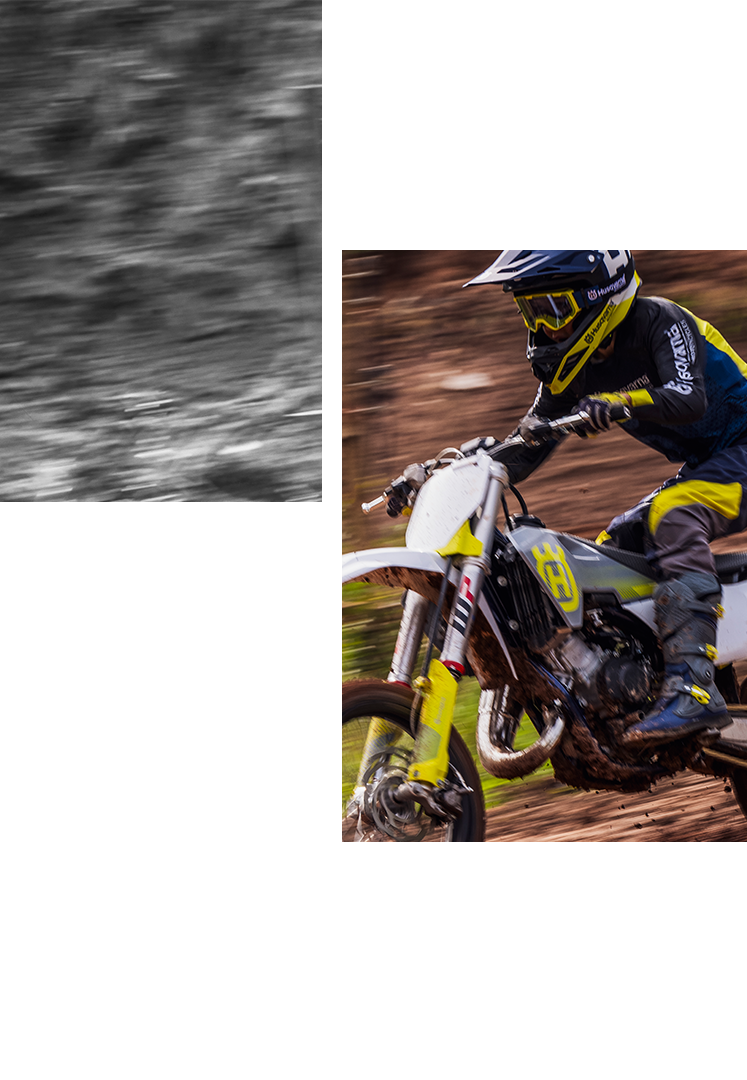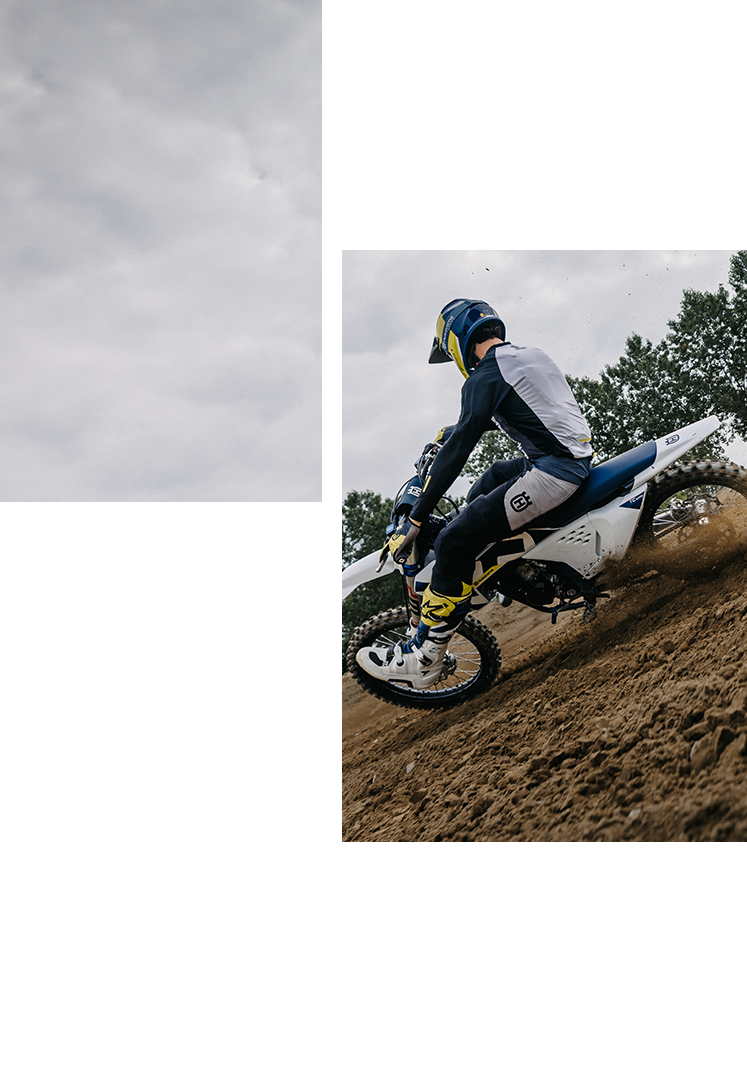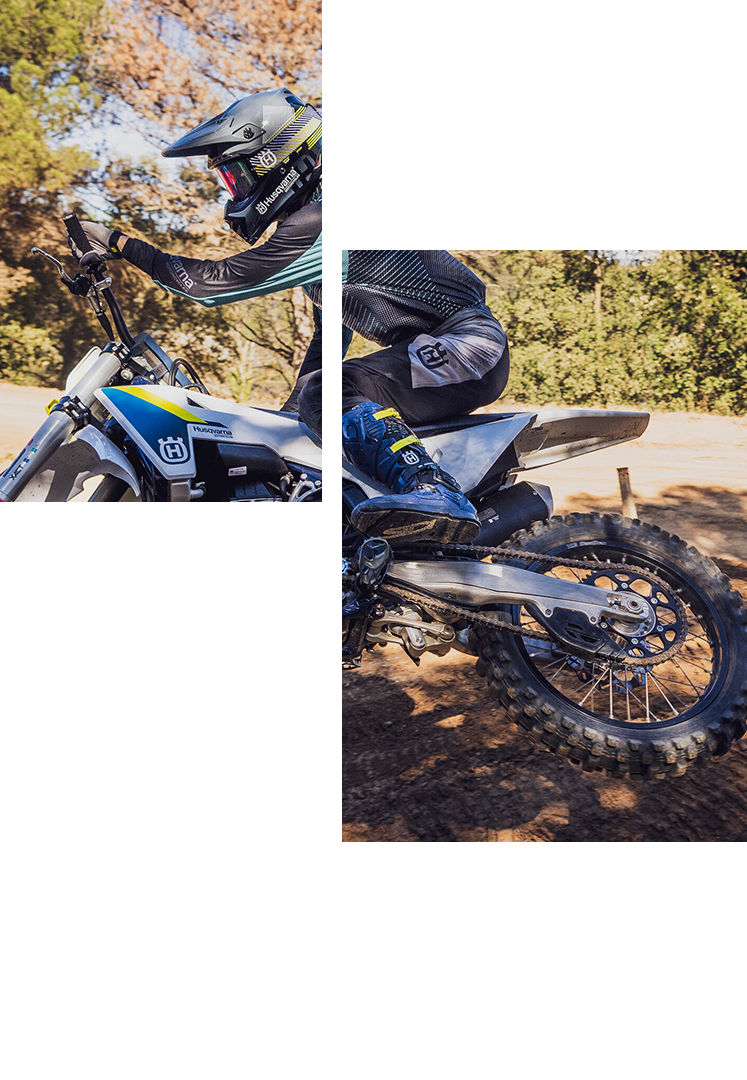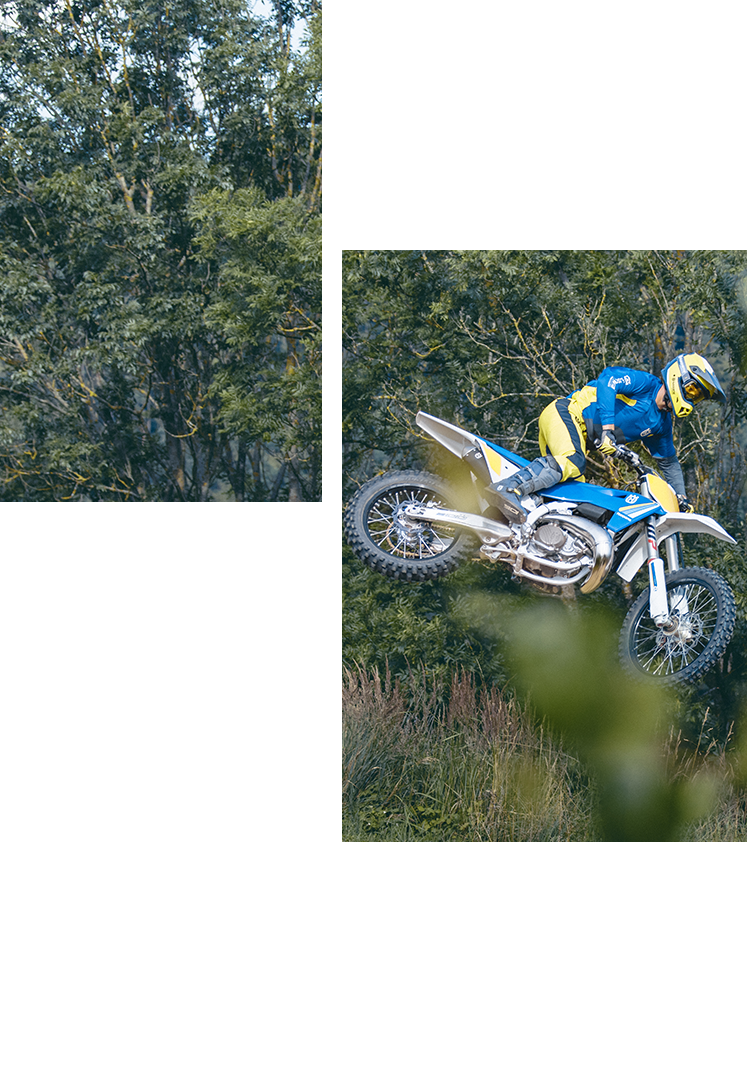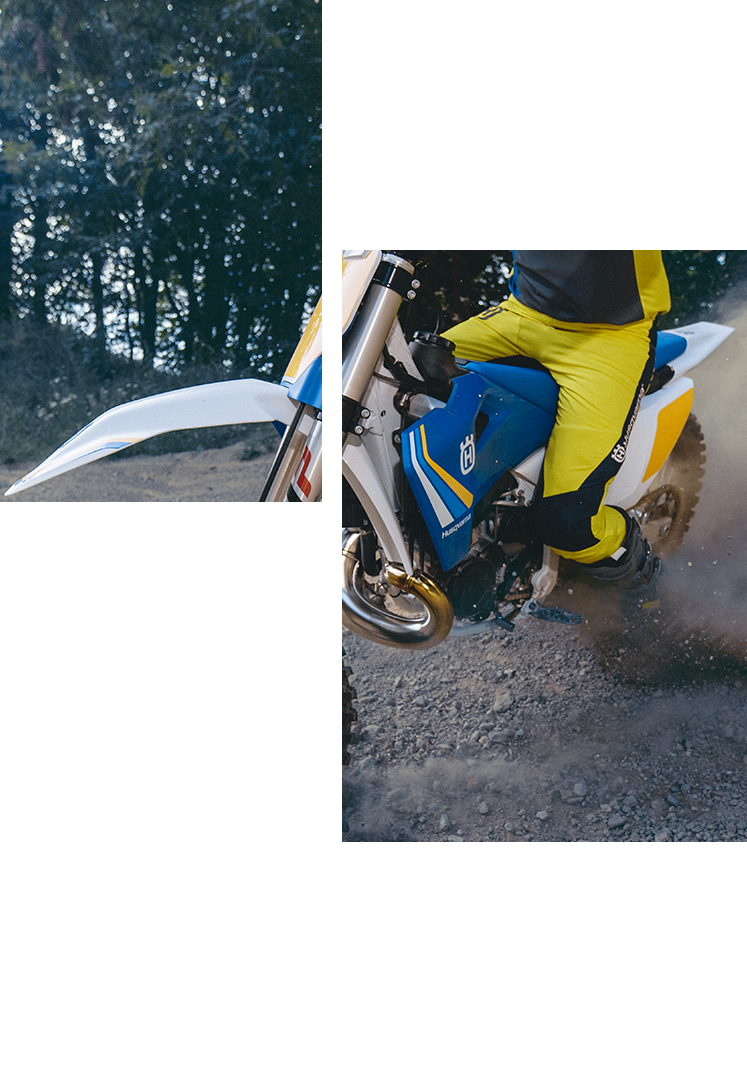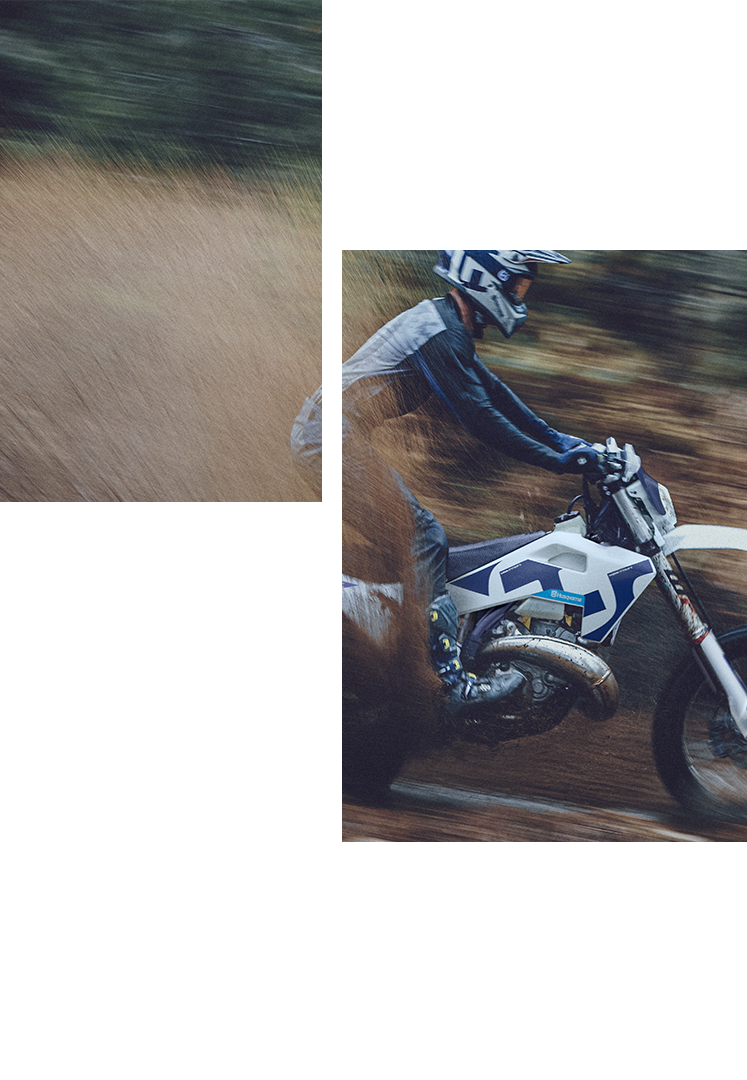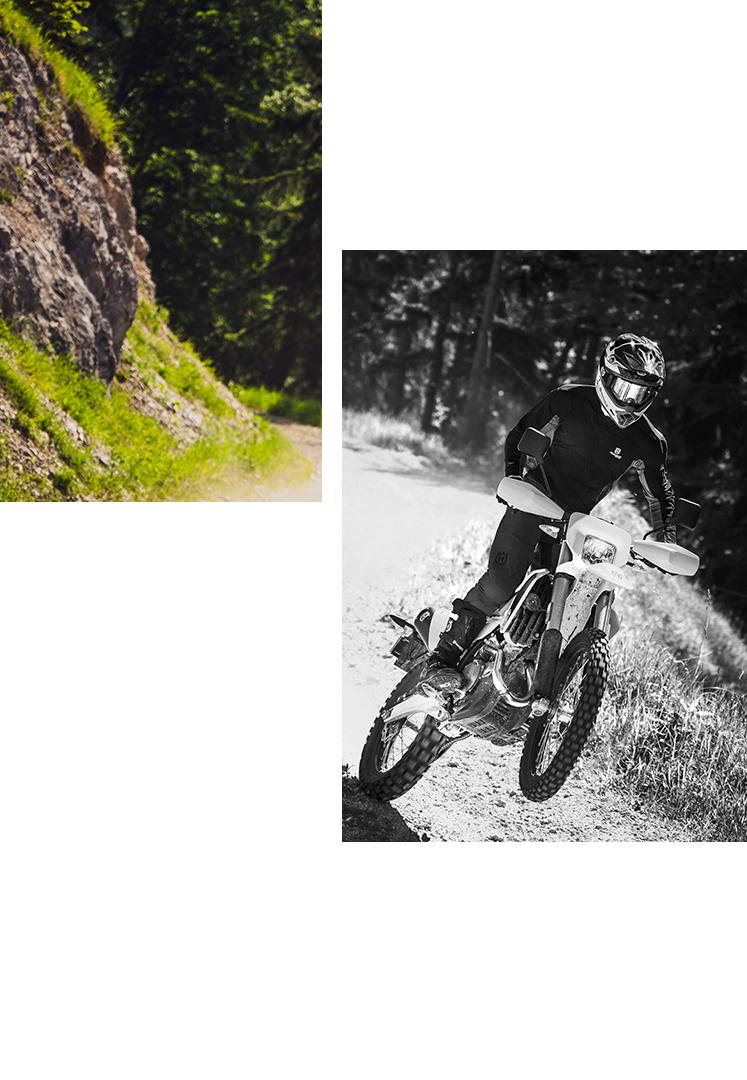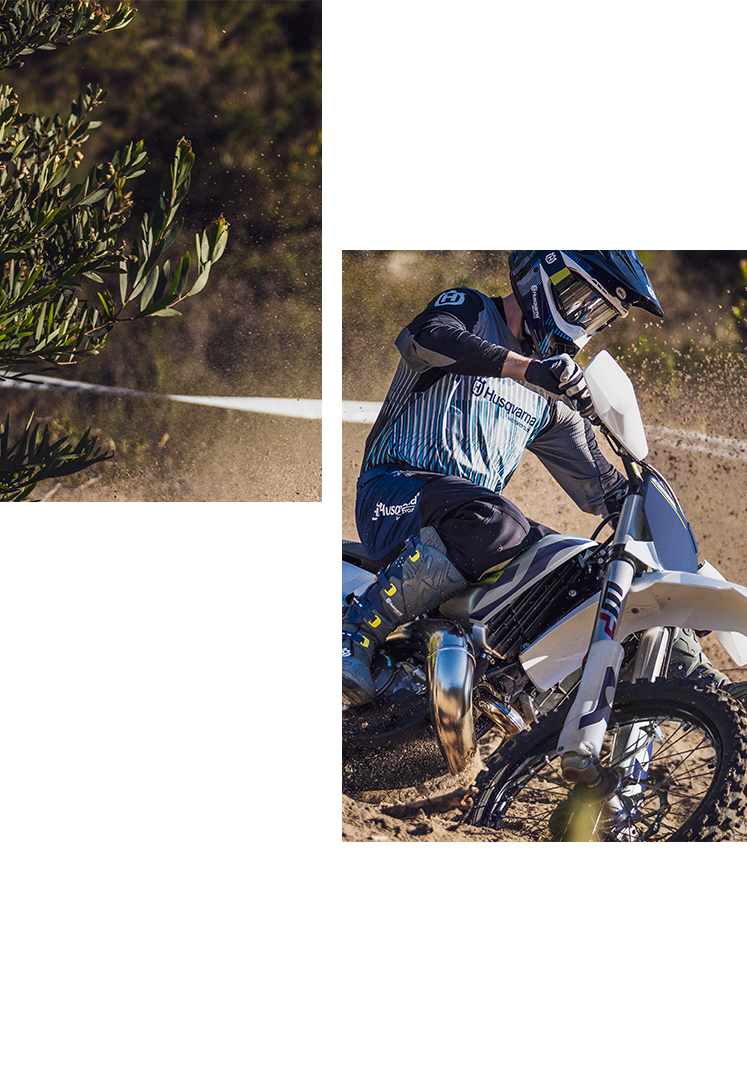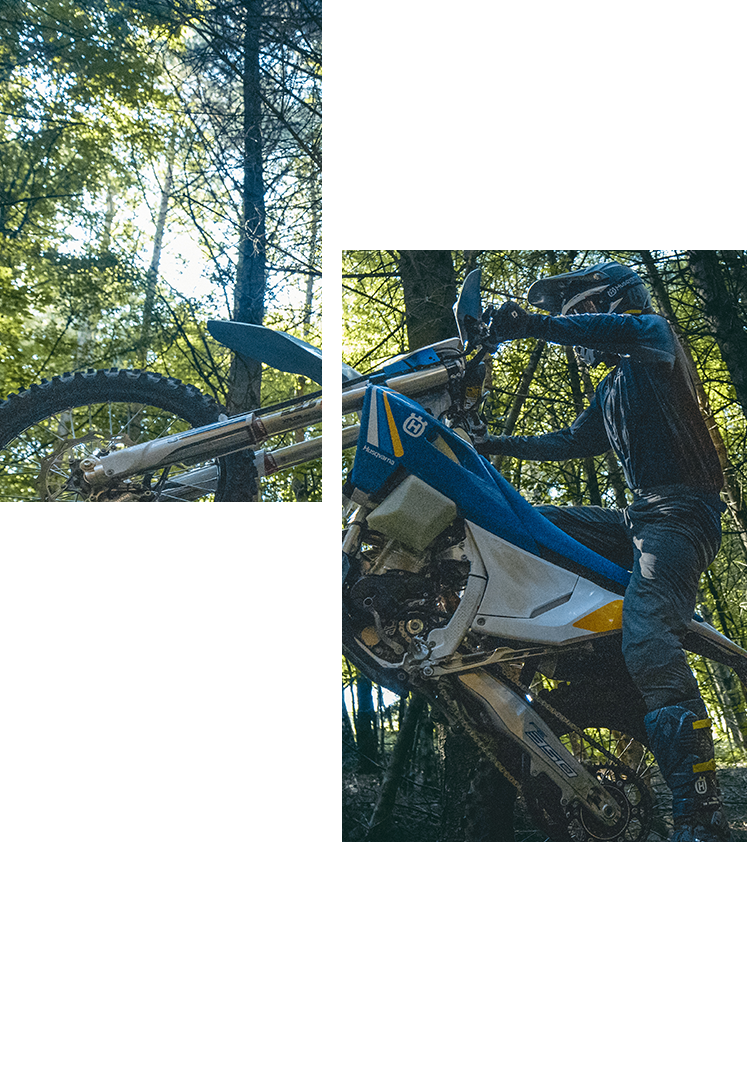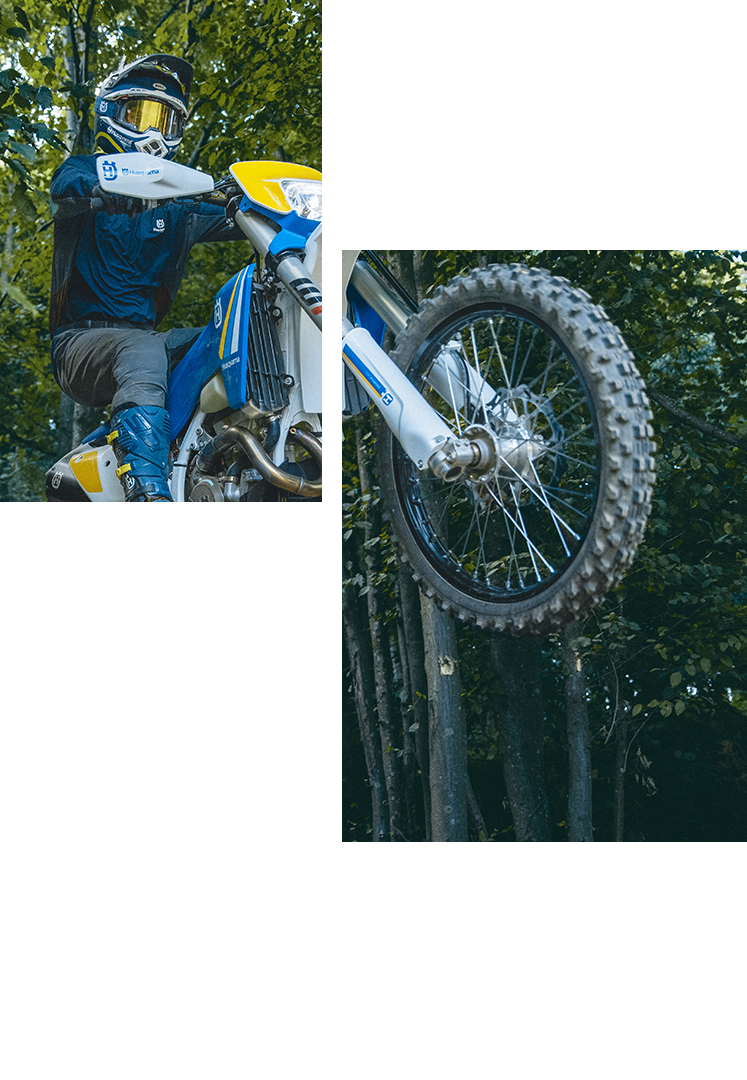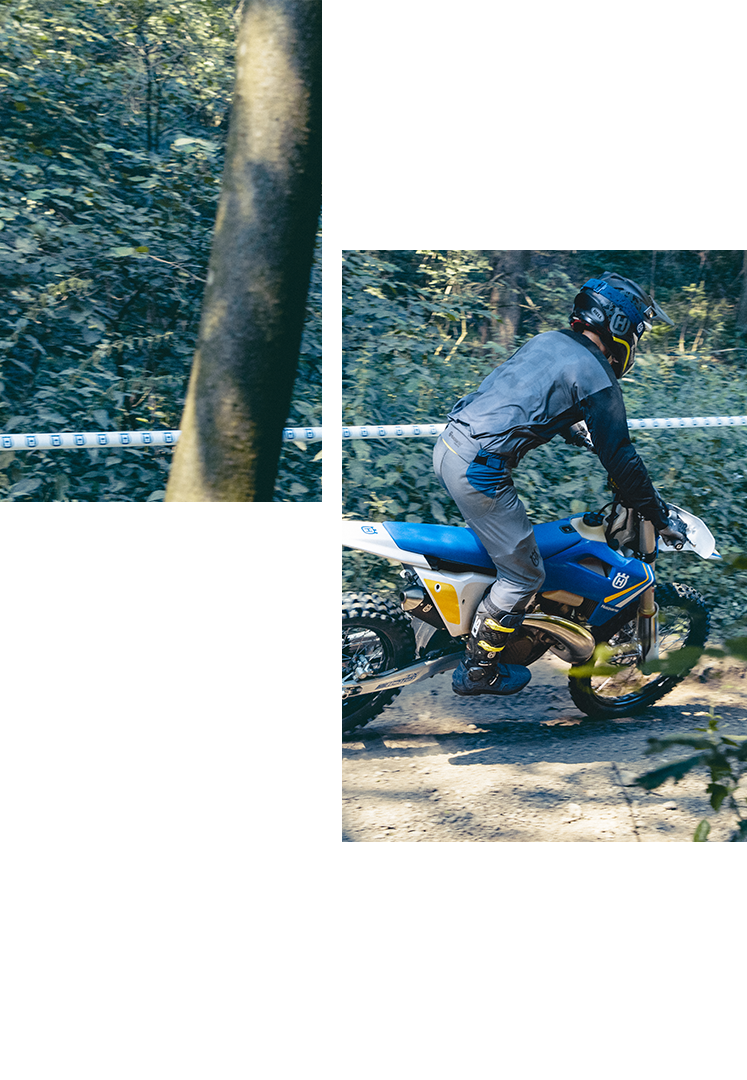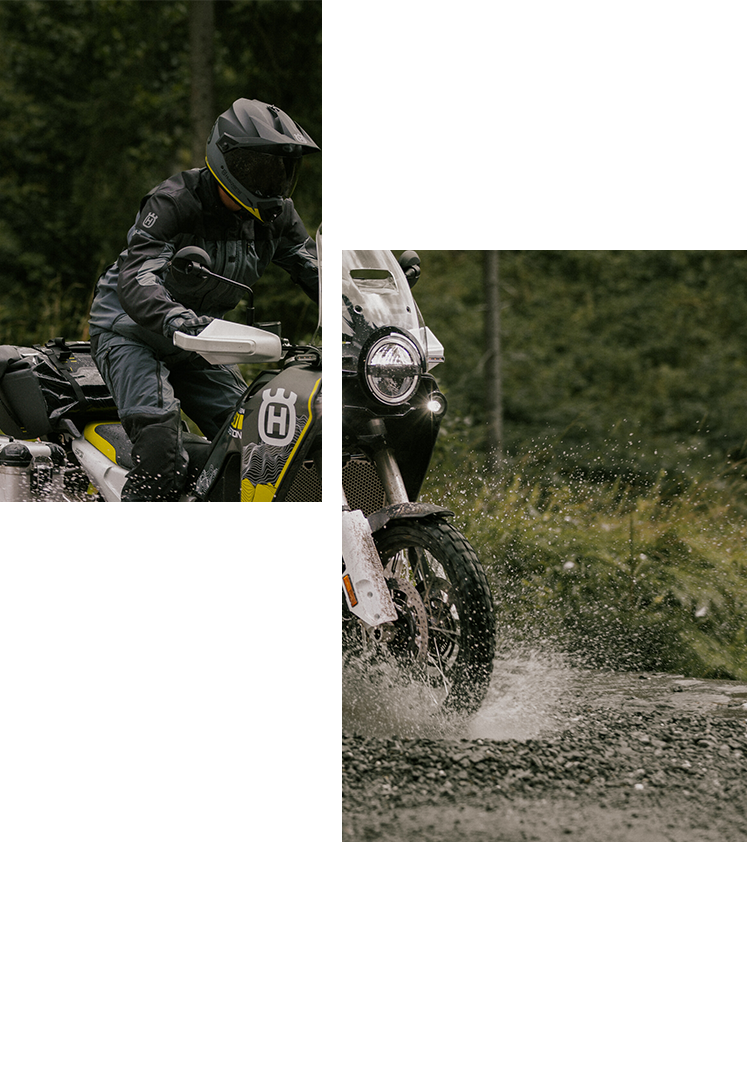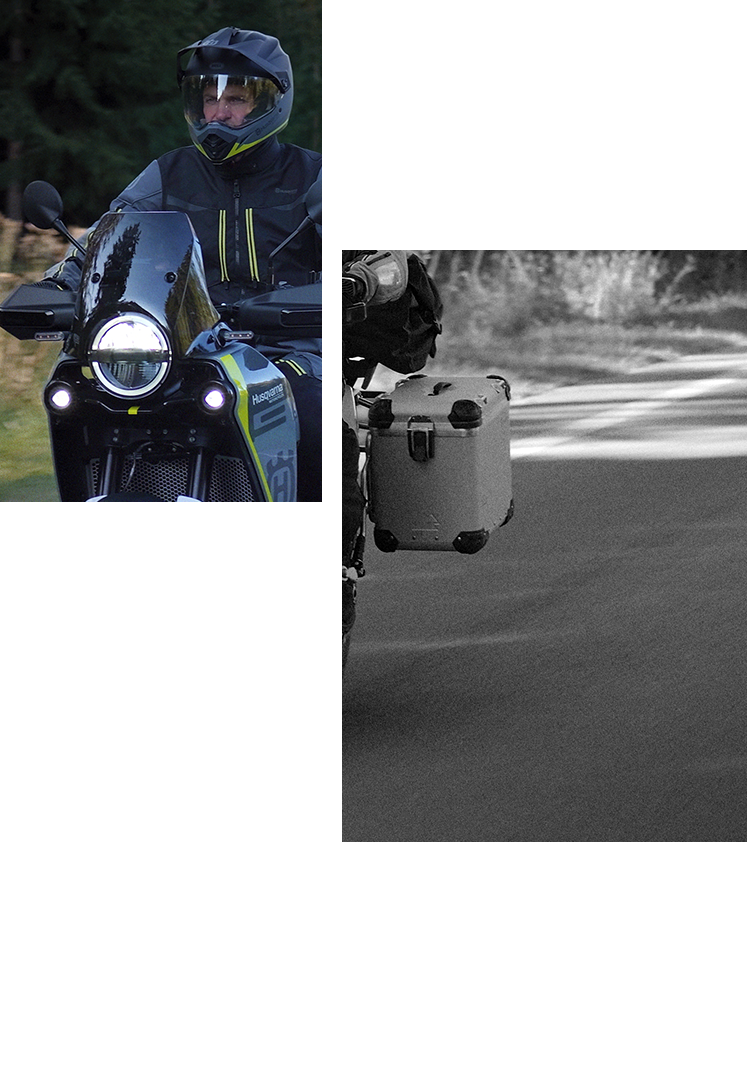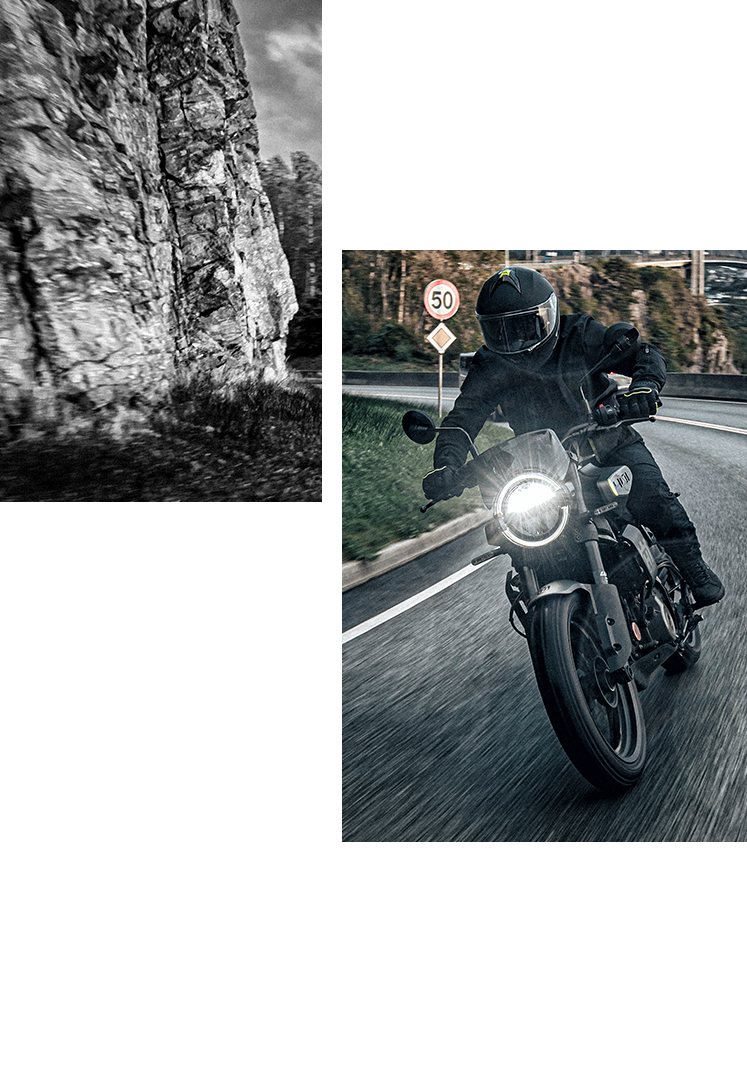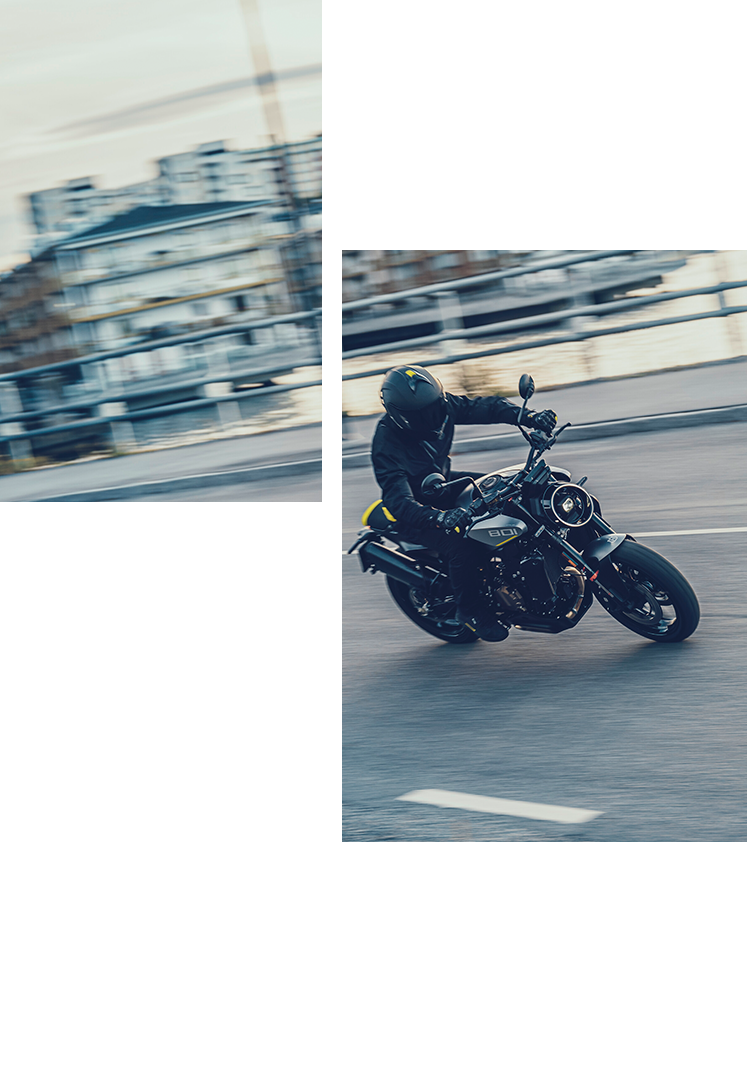In 1913 the Model 65 was supplemented with the new 70, and also the 70A model, which were manufactured for two years. The Model 70 had a 405cc engine giving 3hp with a clutch in a pulley and as an option the customer could order a three-speed gear-hub in the rear wheel. The 70A had a slightly bigger engine with a 3.5hp output. By 1915 Moto-Rève had come up with an even bigger power unit. This time it was still a two-cylinder V-engine, but the Model 75 gave 3.5 or 4.5 horsepower, depending on choice. The stroke was 85mm for both versions, while bore was at 55 and 61 millimetres respectively. The smaller model – with a weight of just 80 kilograms - was priced at 1,300 Swedish Kronor (approx. 280 US dollars). The bigger one – weighing 90kg cost 1,400 SEK. By now, competition had entered people's mind and the bikes soon became popular for sport. This meant that many had a dual-purpose use, and the interest in competition grew fast among the purists.
Husqvarna Era 1911-1920
By Kenneth Olausson
Having spent eight years of pioneering work since their inception in 1903, Husqvarna were ready to take the next step. By 1911, their products developed into being more and more sophisticated, thereby satisfying a starving market. People were hungry for novelties and new design. They also demanded a higher quality to get their money's worth. Speed was suddenly in fashion for everyone.
Husqvarna sales were a mere 53 units during 1911. In the same year, the collaboration with Motosacoche came to an abrupt end. Simultaneously, the weapons factory increased their business with Moto-Rève. Production turned out a twin-cylinder 298cc V-engine – the Model 65 – which delivered two horsepower performance at the beginning but was tuned to 2.5-3hp during subsequent developments. This model lasted four years before an update was released.
At the end of 1915 the first big breakthrough came for Husqvarna. Their new Model 145 was a 496cc-powered machine with 4.5hp, still from Moto-Rève but now with a chain transmission to the rear wheel. Bore and stroke were measured at 61 x 85 millimetres for this electrifying engine. Like Husqvarna's previous Moto-Rève power units, the latest creation from Switzerland also had a semi-cylinder head engine. A three-speed gearbox and a kick-starter were included in the novelties. This was a real motorcycle and would set the future standard for the factory in Huskvarna. The 145 had a dry weight of 90 kilos and the performance included a top speed of 70 km/h. The model cost 1,500 Swedish Kronor at the time.
Soon after, a model 145 A version was manufactured for the Swedish military and the army deliveries began in 1916, during the Great War, which lasted for another two years. Raw material was now scarce and production became lean. But despite world troubles, Husqvarna set a new sales record in 1917. They churned out 315 units of the 145 model, which included delivery of the ‘A-version’ to the military forces.
Another big leap in the history of the brand came in 1919 when the factory produced their first own product - with a Husqvarna engine. It was the Model 150 and would be made for almost a decade-and-a-half until 1933. At the time of its market introduction in 1920, this newcomer was priced at 2,900 SEK (approx. 600 dollars). The Model 150 was equipped with a homemade 550cc four-stroke engine with side valves and an initial output of 5hp. In reality it was more, but for taxation reasons, the official performance figure was kept low. The twin-cylinder was also built in a V-configuration with sturdy components and the cylinders with side valves were cast in one unit. The ‘petrol box’ swallowed 12 litres of fuel and the oil tank had a capacity of two litres. The wheels had a dimension size of 28" x 3" with steel rims, but the bike still lacked front-brakes. However, this machine could be delivered with a gas-light or electrical lighting from Bosch as an option.
Gustaf Göthe was a young man with an engineer's degree when he joined Husqvarna in the first month of 1917. He was going to be responsible for R&D for the coming Model 150 with a half-litre engine manufactured in-house.
“The task given to me was two-fold; partly I was to enhance the riding characteristics of the existing machine, and partly to develop a brand-new engine, which would make Husqvarna an entirely domestic product. Actually, the first plan included two vehicle versions; one lighter motorcycle for solo riding and one sidecar unit. But due to financial restrictions and other limitations, it was only possible to make the solo version, which could be fitted with a sidecar as an option.”
The rest of Göthe's interesting story will be highlighted in a coming, more personal blog text.
In the ten years from 1911 to 1920, Husqvarna made a big leap forward in terms of engineering and sold some 1,600 units in total. The following 10 years would be influenced by the decadence of the twenties. It not only included Charleston and Champagne, but also some technically interesting motorcycles, which attracted many customers – both wealthy, but also fans from the middle class. After the Great War, people started to move around in a new way for transportation. And two wheels were more affordable than buying a four-wheeler!




